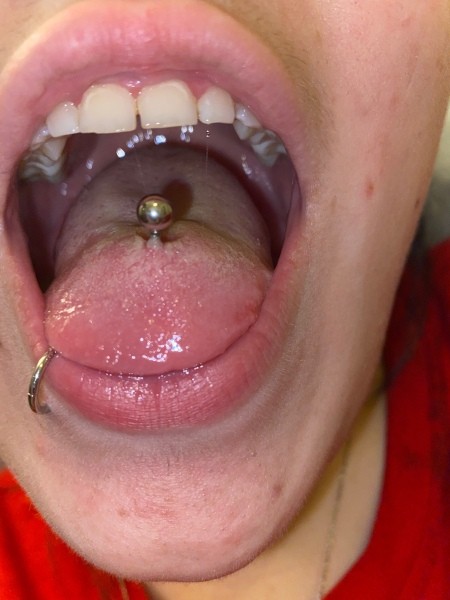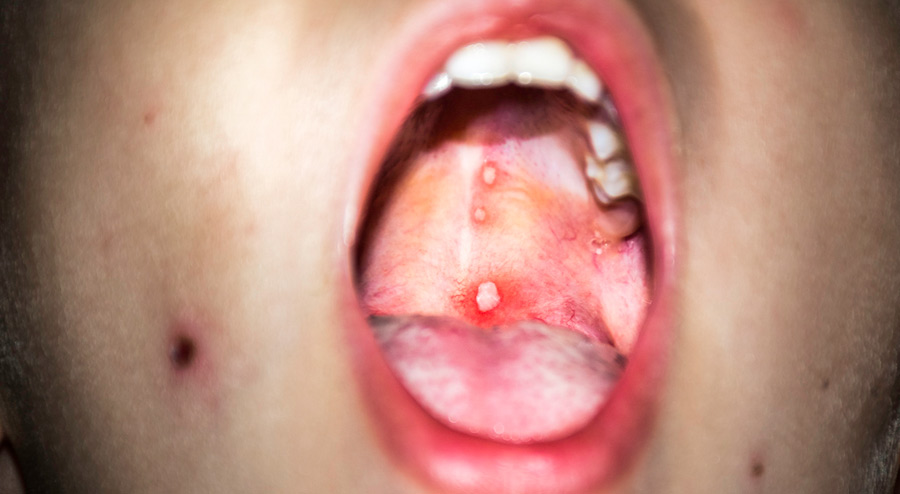
If your mouth sores become infected, however, additional problems such as swollen lymph nodes can arise, so it's best to address mouth sores as early as possible to prevent an infection from worsening.

Canker sores can be caused by emotional stress, hormonal shifts, a lower immune system and Celiac disease. And although the pain usually goes away on its own in seven to 10 days, it can take three or more weeks for the ulcers themselves to heal. The sores may be white or yellow in the centre with a red border, or start as painful red spots or bumps that develop into open ulcers.Ĭanker sores usually carry a general sense of discomfort. They're usually small, less than one-third of an inch in diameter and form on the inside surface of your cheeks, under the tongue or on your gums – if not on the tongue itself. These oral blisters are one of the most common oral problems, and most people experience them at some point in their life. Although most cases of bumps on the tongue are harmless, unexplained white or red areas, sores or hard lumps on the tongue should be examined by a dentist as soon as possible. A bump can also develop on the side of the tongue in the space created by a missing tooth. Other causes of bumps on the tongue include canker sores, bacterial infections, oral herpes, allergies, immune system disorders and oral cancer. Tongue bumps can appear as blisters, ulcers and lumps. The condition is temporary and often resolves on its own. Transient lingual papillitis may also be caused by nutritional deficiencies, smoking, alcohol consumption, plaque build-up or dental appliances. An accidental bite to the tongue or irritation from foods or chemicals can cause enlarged papillae. This condition is called transient lingual papillitis.

Circumvallate and foliate papillae are normally large enough to be seen with the naked eye, but sometimes a papilla grows unusually large due to irritation or inflammation.


 0 kommentar(er)
0 kommentar(er)
